Insights
News, Commentaries, Research Legacies, Reviews

Why policymakers should create mitigation roadmaps for construction and real estate
To achieve net zero GHG emissions by mid-century (the Breakthrough Agenda) it is vital to establish explicit sector-specific roadmaps and targets. With an eye to the forthcoming COP30 in Brazil and based on work in the IEA EBC Annex 89, Thomas Lützkendorf, Greg Foliente and Alexander Passer argue why specific goals and measures for building, construction and real estate are needed in the forthcoming round of Nationally Determined Contributions (NDC 3.0).
More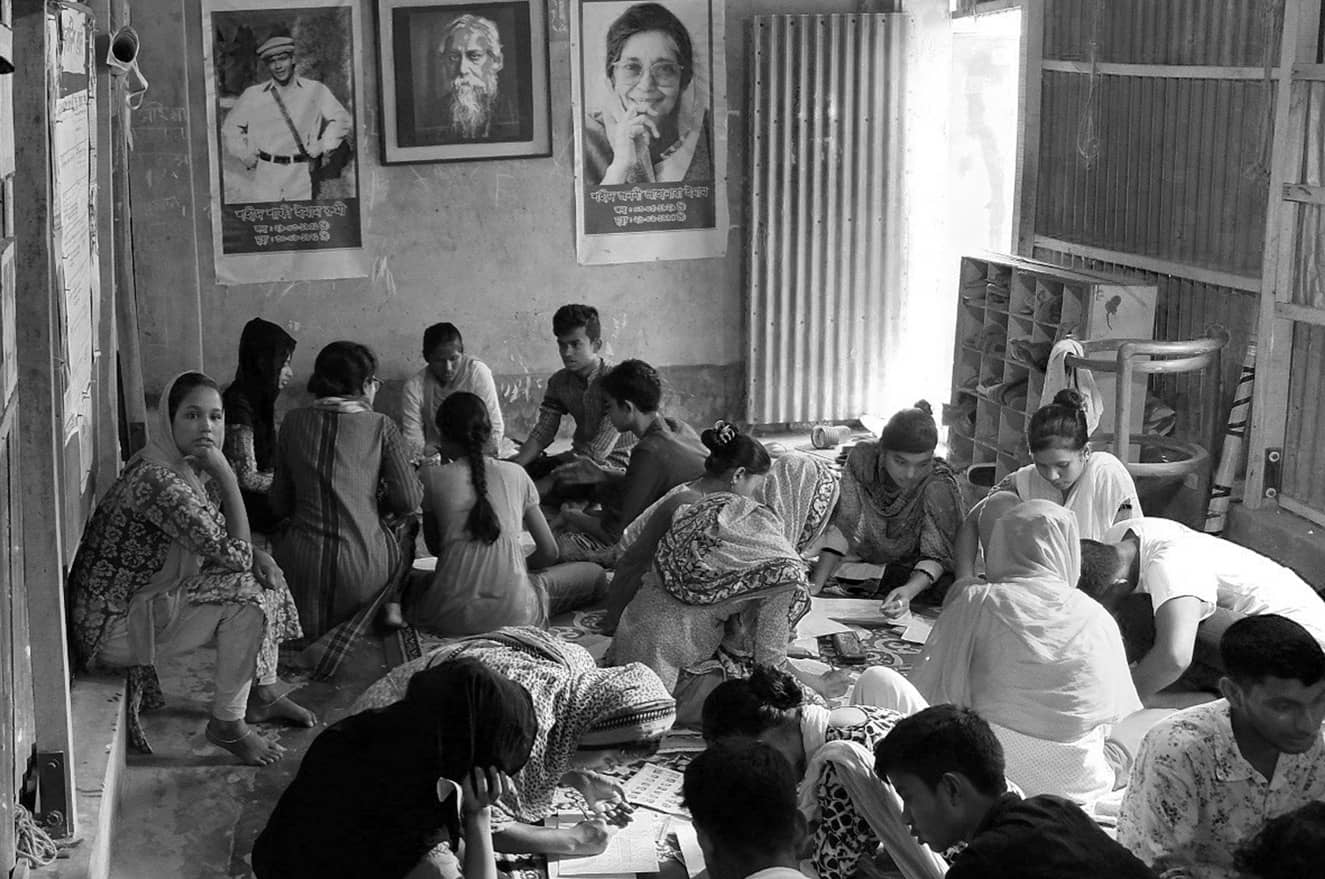
How can a self-organised initiative in an informal settlement foster community engagement and confront social issues?
While Living Labs are often framed as structured, institutionalised spaces for innovation, Sadia Sharmin (Habitat Forum Berlin) reinterprets the concept through the lens of grassroots urban practices. She argues that self-organised knowledge spaces can function as Living Labs by fostering situated learning, collective agency, and community resilience. The example of a Living Lab in Bangladesh provides a model pathway to civic participation and spatial justice.
More
Why the built environment research community is vital for policy and strategy implementation
Thomas Lützkendorf (Karlsruhe Institute of Technology) explains how the research community has helped to change the climate change policy landscape for the construction and real estate sectors, particularly for mitigating GHG emissions. Evidence can be used to influence policy pathways and carbon budgets, and to develop detailed carbon strategies and implementation. A key challenge is to create a stronger connection between the requirements for individual buildings and the national reduction pathways for the built environment.
More
Deadline for abstracts: 23 May 2025
The 58th International Conference of the Architectural Science Association is being hosted by the Melbourne School of Design at the University of Melbourne, Australia.
Abstracts are sought across a broad range of topics relating to architectural science, whether you’re working at the material, building or urban scale or in design education.
Abstracts can be submitted via the conference website https://asa2025.au
More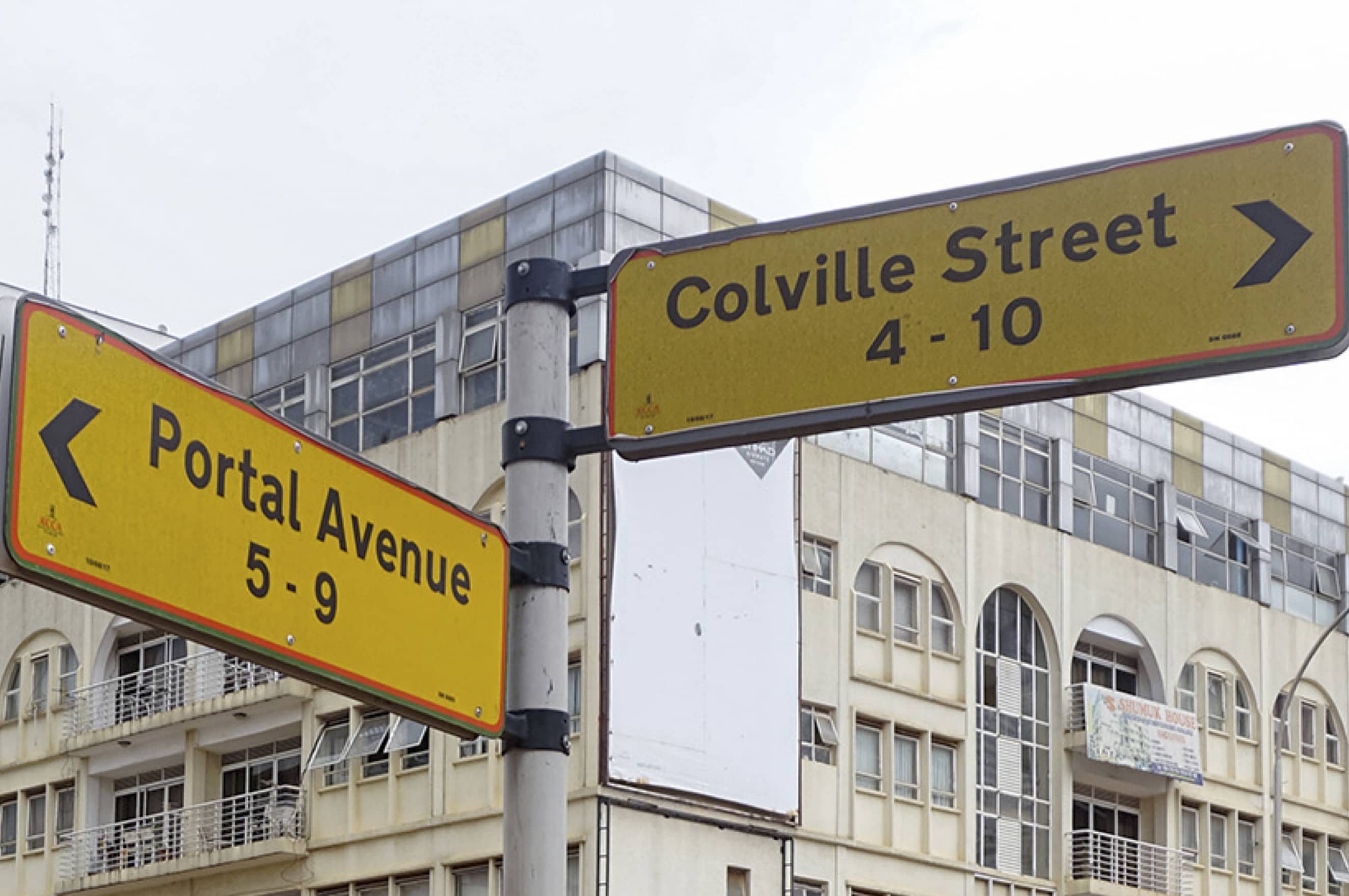
Strategies for decolonising street names: top-down by city authorities or bottom-up by local communities?
During colonialisation, street names were drawn from historical and societal contexts of the colonisers. Street nomenclature deployed by colonial administrators has a role in legitimising historical narratives and decentring local languages, cultures and heritage. Buyana Kareem examines street renaming as an important element of decolonisation.
More
Nature-based design, combined with the transformation of underlying worldviews, can enhance urban resilience.
Increasing vegetation and green and blue spaces in cities can support both climate change mitigation and adaptation goals, while also enhancing biodiversity and ecological health. Maibritt Pedersen Zari (Auckland University of Technology) explains why nature-based solutions (NbS) must be a vital part of urban planning and design.
More
Why a coordinated programme of built environment research needs to be based on the public good
Gavin Killip and Kate Simpson (Nottingham Trent University) propose a coordinated research programme of field trials to create a focus for iterative learning about outcomes in the built environment, for the public good. They explain why a transdisciplinary programme is needed and seven key characteristics of the programme are proposed.
More
How to decide which research challenge to address
How should researchers decide which challenge and issues to address? Marcel Schweiker (RWTH Aachen University) considers the challenges for built environment researchers and reflects on how individuals can make decisions about their own research priorities and portfolios.
More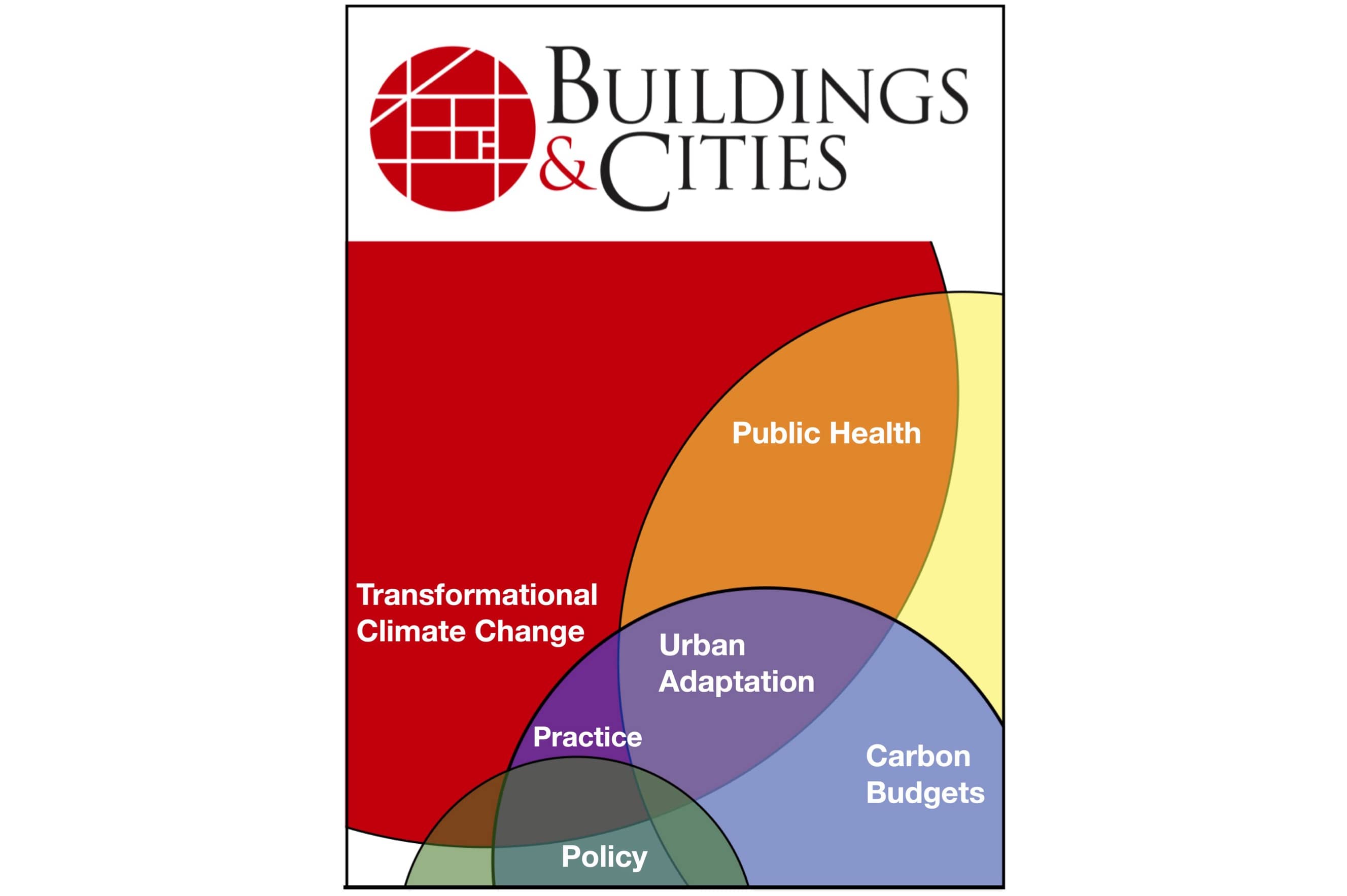
Research papers in B&C are being widely read
Buildings & Cities is pleased to announce that in 2024 our peer reviewed articles were viewed and downloaded 523,612 times from the journal's website.
The great interest shown here is an indicator of the journal's role as an important resource and as a valued contributor to the field.
More
Why a new approach to sustainable development is needed.
Alice Moncaster (University of the West of England) reflects on the lack of progress in sustainable development over several decades. This failure is argued to be linked to how sustainable development has been framed: the separation of technical issues from social justice and equity. Understanding, involving and empowering communities (and wider society) is the key to making progress and achieving sustainable development goals.
More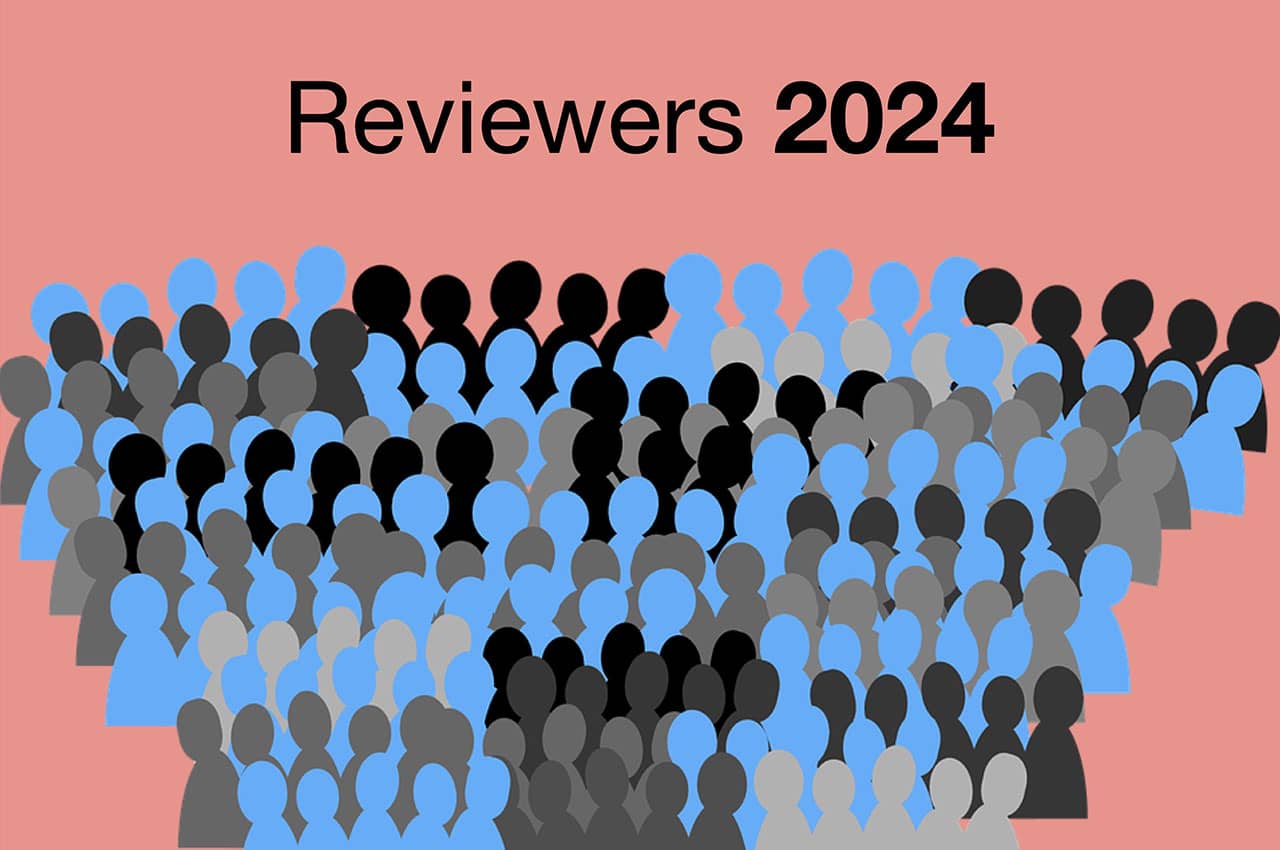
Buildings & Cities gratefully acknowledges and thanks our reviewers.
The Editors of Buildings & Cities would like to thank all our reviewers for their contribution and support during 2024. High-quality peer review is essential to the success of this journal and we greatly appreciate the dedication and efforts of all those who have contributed to this. Our reviewers have invested much thought, care and insights which have greatly benefitted authors. An enormous THANK YOU to this diverse community of scholars who help to maintain the highest standards for both Buildings & Cities and the wider community.
More
How building research can harness AI for mass decarbonisation
Ten years ago, it was rare to read building science papers referencing learning algorithms, sensor networks, cloud computing or digital twins. Now, data-driven techniques are at the core of building decarbonisation research, generating both new opportunities and new risks. Jenn McArthur (Toronto Metropolitan University) reflects on how the rise of artificial intelligence (AI) is transforming building decarbonisation research.
More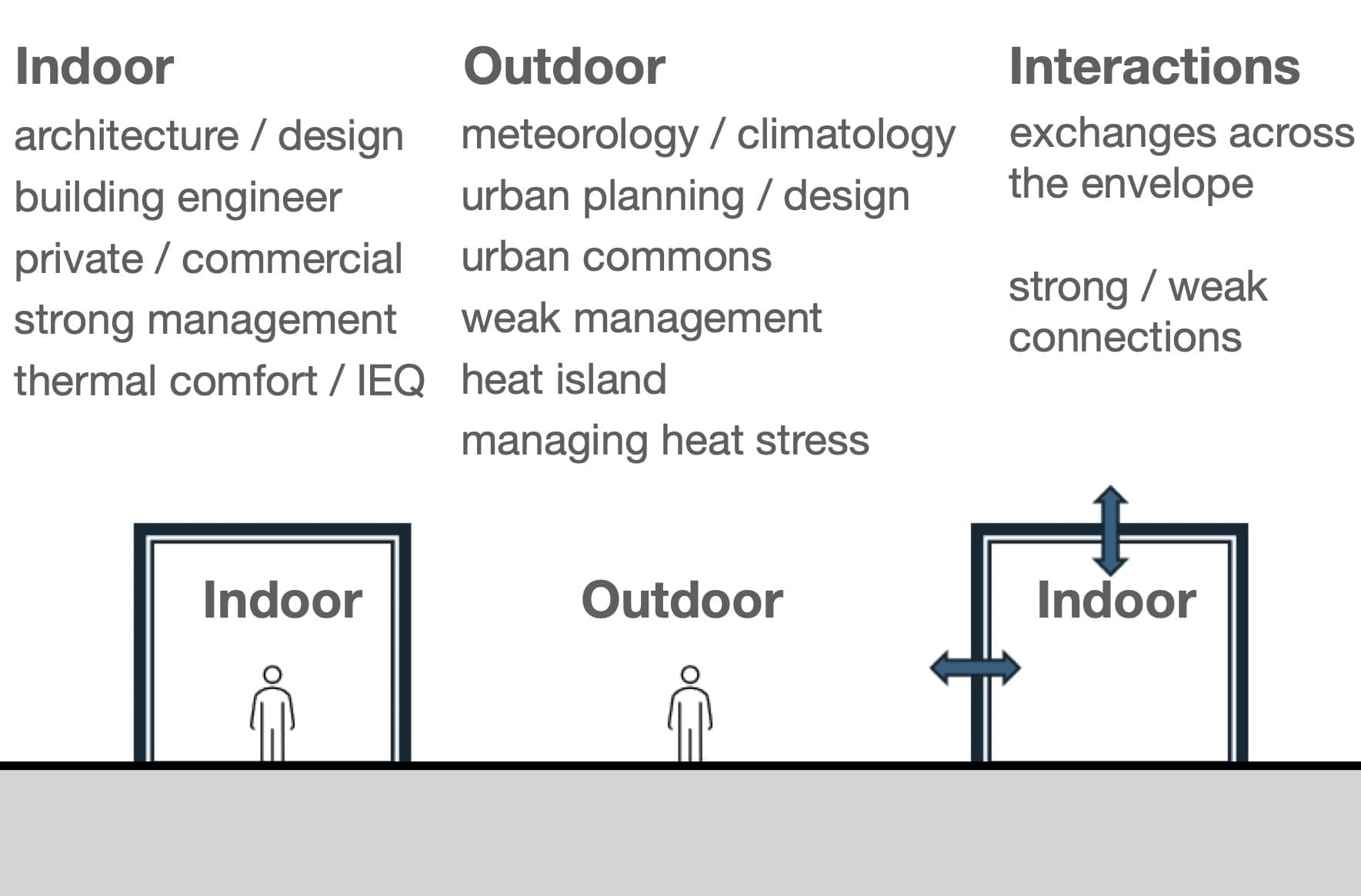
Understanding the interactions between urban form, outdoor and indoor spaces, and local climate requIres interdisciplinary interaction
Gerald Mills (University College Dublin) considers the big challenges for cities amid global climate change (GCC) and discusses the need for an inter-disciplinary approach among urban climate sciences to overcome obstacles. A distinction is made between global climate science, which focusses on Earth-scale outcomes, and urban climate science, which refers to processes and impacts at city-scales, including buildings, streets and neighbourhoods.
More
Why large cities will need to contract or be abandoned altogether
William E. Rees (University of British Columbia) explains why urbanisation has been a significant contributor to ecological overshoot (when human consumption and waste generation exceeds the regenerative capacity of supporting ecosystems) and climate change.1 Civil society needs to begin designing a truly viable future involving a 'Plan B' for orderly local degrowth of large cities.
More
Why the next industrial revolution needs to be based on nature and not "technology"
Over the past 50 years the world has seen countless summits and agreements to reduce carbon emissions and prevent ecological overshoot. We have seen widespread adoption of the SDGs, a rapid shift to renewable energy, and numerous urban planning strategies to create biodiversity corridors, rewild rivers, and enable public and non-motorised transport options. However, appearances are deceiving. Chrisna du Plessis (University of Pretoria) considers the challenge of how to foster an ecological civilization in a world obsessed with technological innovation.
More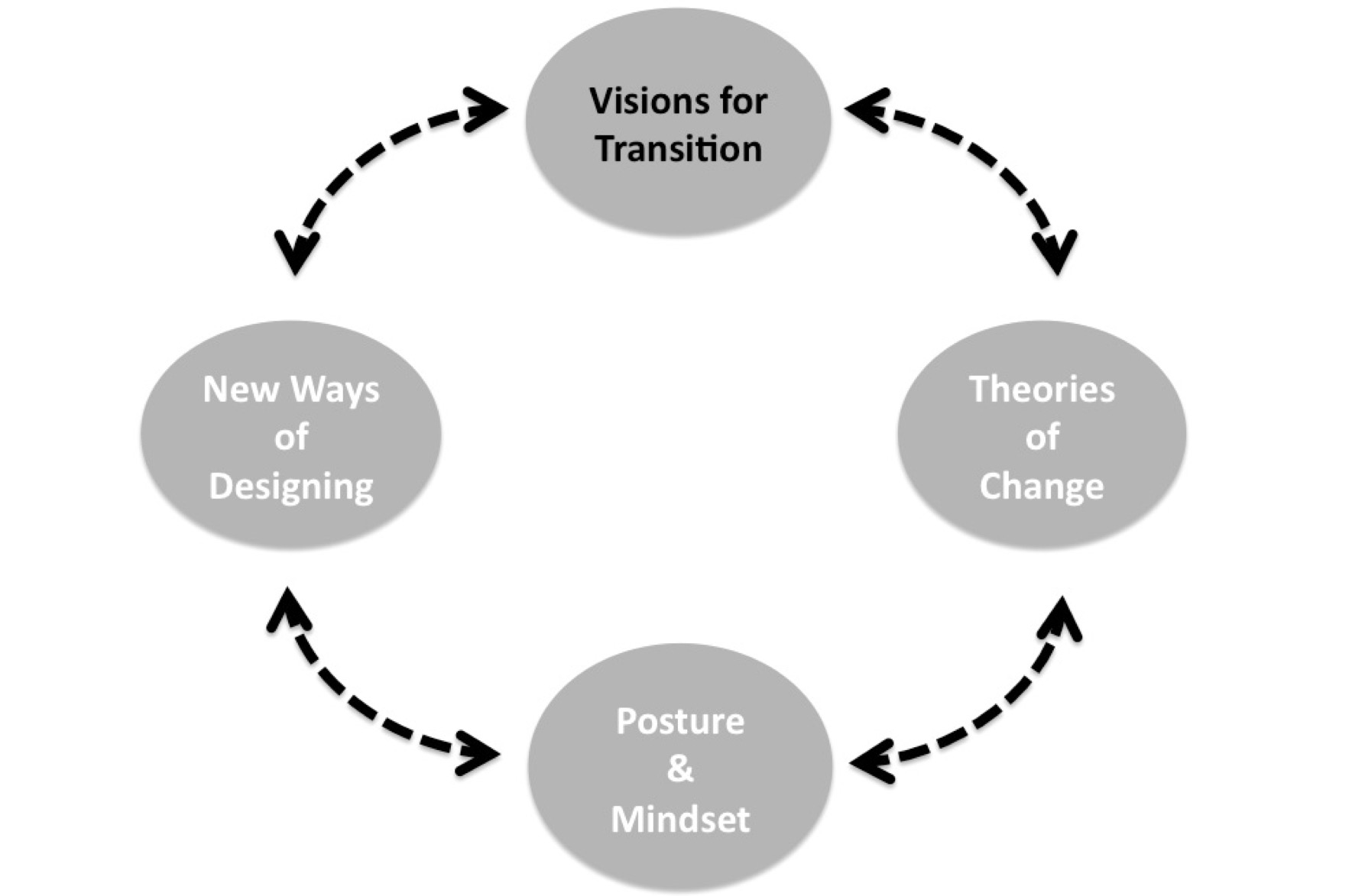
Both research and practice have a key role in developing positive, shared visions for the built environment
Doina Petrescu (University of Sheffield) explains how design research and architectural practice can respond to multiple crises (resource depletion, overconsumption, climate change, biodiversity loss, etc). By developing new shared visions of how to live it is possible to create a future built environment that is just and equitable.
More
Why a just transition to sustainable cities depends on quality, affordable housing
As city populations grow, a critical current and future challenge for urban researchers is to provide compelling evidence of the medium- and long-term co-benefits of quality, low-carbon affordable housing and compact urban design. Philippa Howden-Chapman (University of Otago) and Ralph Chapman (Victoria University of Wellington) explain why systems-based, transition-oriented research on housing and associated systemic benefits is needed now more than ever.
More
Why urban innovation is not enough to create sustainable cities
Andrew Karvonen (Lund University) explains why innovation has limitations for achieving systemic change. What is also needed is a process of unmaking (i.e. phasing out existing harmful technologies, processes and practices) whilst ensuring inequalities, vulnerabilities and economic hazards are avoided. Researchers have an important role to identify what needs dismantling, identify advantageous and negative impacts and work with stakeholders and local governments.
More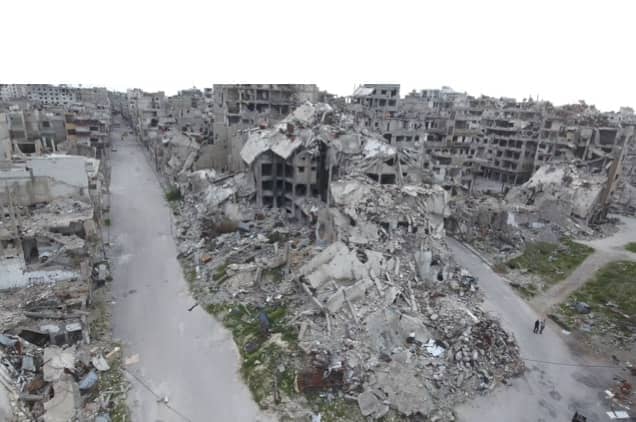
The destruction of cultural heritage is a war crime. Should peacetime destruction or displacement be a crime too?
Civil society is understandably horrified by catastrophic loss of cultural, societal and historically important architecture and communities during wartime. But when this happens more piecemeal or by less visibly aggressive means in peacetime, we seem able to ignore it, even where it occurs at scale. Ian Cooper argues that greater protection needs to be provided to built environment and to the people who live there to avoid their displacement.
More
Observations from 15 years of built environment reuse research about how change occurs
Satu Huuhka (Tampere University) reflects on why the needed changes in practice are often slow and difficult in the building sector even when proved beneficial. Overcoming this inertia and accelerating widespread change requires a coordinated multi-level approach. The research agenda must not only be to produce new technology and practices but also to facilitate its uptake. This calls for understanding and addressing societal structures and collective behaviours: regulation and policy, market and industry structures and infrastructures, as well as education and culture.
MoreLatest Peer-Reviewed Journal Content
Beyond the building: governance challenges in social housing retrofit
H Charles
Heat stress in social housing districts: tree cover–built form interaction
C Lopez-Ordoñez, E Garcia-Nevado, H Coch & M Morganti
An observational analysis of shade-related pedestrian activity
M Levenson, D Pearlmutter & O Aleksandrowicz
Learning to sail a building: a people-first approach to retrofit
B Bordass, R Pender, K Steele & A Graham
Market transformations: gas conversion as a blueprint for net zero retrofit
A Gillich
Resistance against zero-emission neighbourhood infrastructuring: key lessons from Norway
T Berker & R Woods
Megatrends and weak signals shaping future real estate
S Toivonen
A strategic niche management framework to scale deep energy retrofits
T H King & M Jemtrud
Generative AI: reconfiguring supervision and doctoral research
P Boyd & D Harding
Exploring interactions between shading and view using visual difference prediction
S Wasilewski & M Andersen
How urban green infrastructure contributes to carbon neutrality [briefing note]
R Hautamäki, L Kulmala, M Ariluoma & L Järvi
Implementing and operating net zero buildings in South Africa
R Terblanche, C May & J Steward
Quantifying inter-dwelling air exchanges during fan pressurisation tests
D Glew, F Thomas, D Miles-Shenton & J Parker
Western Asian and Northern African residential building stocks: archetype analysis
S Akin, A Eghbali, C Nwagwu & E Hertwich
Lanes, clusters, sightlines: modelling patient flow in medical clinics
K Sailer, M Utley, R Pachilova, A T Z Fouad, X Li, H Jayaram & P J Foster
Analysing cold-climate urban heat islands using personal weather station data
J Taylor, C H Simpson, J Vanhatalo, H Sohail, O Brousse, & C Heaviside
Are simple models for natural ventilation suitable for shelter design?
A Conzatti, D Fosas de Pando, B Chater & D Coley
Impact of roofing materials on school temperatures in tropical Africa
E F Amankwaa, B M Roberts, P Mensah & K V Gough
Acceptability of sufficiency consumption policies by Finnish households
E Nuorivaara & S Ahvenharju
Key factors for revitalising heritage buildings through adaptive reuse
É Savoie, J P Sapinski & A-M Laroche
Cooler streets for a cycleable city: assessing policy alignment
C Tang & J Bush
Understanding the embodied carbon credentials of modern methods of construction
R O'Hegarty, A McCarthy, J O'Hagan, T Thanapornpakornsin, S Raffoul & O Kinnane
The changing typology of urban apartment buildings in Aurinkolahti
S Meriläinen & A Tervo
Embodied climate impacts in urban development: a neighbourhood case study
S Sjökvist, N Francart, M Balouktsi & H Birgisdottir
Environmental effects of urban wind energy harvesting: a review
I Tsionas, M laguno-Munitxa & A Stephan

Latest Commentaries
Will NDC 3.0 Drive a Buildings Breakthrough?
To achieve net zero GHG emissions by mid-century (the Breakthrough Agenda) it is vital to establish explicit sector-specific roadmaps and targets. With an eye to the forthcoming COP30 in Brazil and based on work in the IEA EBC Annex 89, Thomas Lützkendorf, Greg Foliente and Alexander Passer argue why specific goals and measures for building, construction and real estate are needed in the forthcoming round of Nationally Determined Contributions (NDC 3.0).
Self-Organised Knowledge Space as a Living Lab
While Living Labs are often framed as structured, institutionalised spaces for innovation, Sadia Sharmin (Habitat Forum Berlin) reinterprets the concept through the lens of grassroots urban practices. She argues that self-organised knowledge spaces can function as Living Labs by fostering situated learning, collective agency, and community resilience. The example of a Living Lab in Bangladesh provides a model pathway to civic participation and spatial justice.